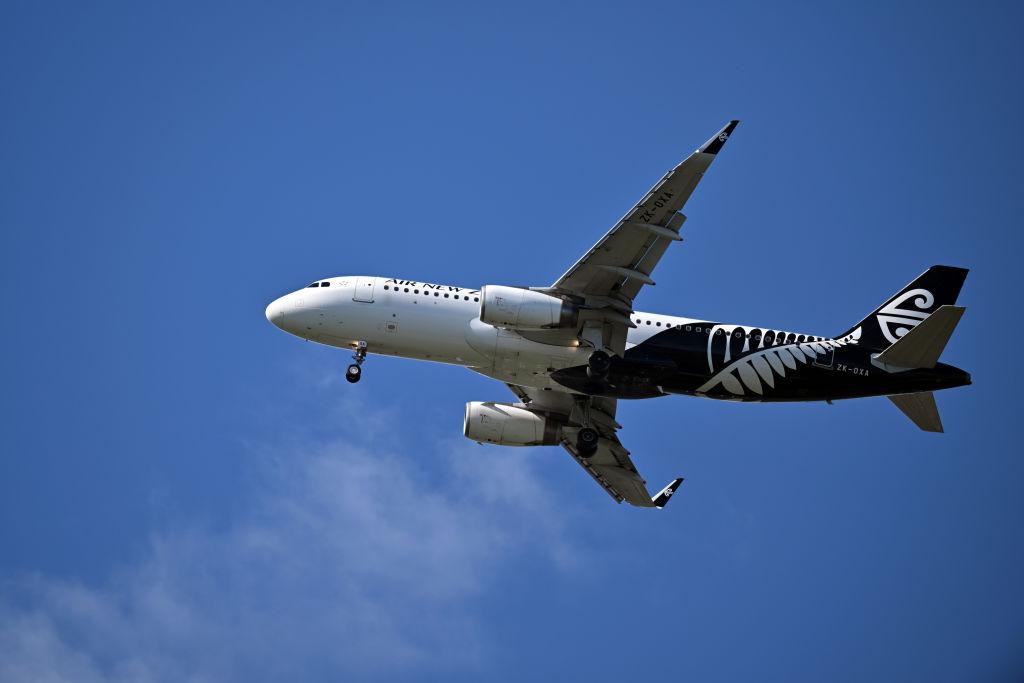A passenger and crew member have been injured in the third case of severe flight turbulence in just over a month.
According to passenger accounts, Air New Zealand flight NZ607 hit turbulence just after take-off on Sunday afternoon.

A passenger and crew member have been injured in the third case of severe flight turbulence in just over a month.
According to passenger accounts, Air New Zealand flight NZ607 hit turbulence just after take-off on Sunday afternoon.